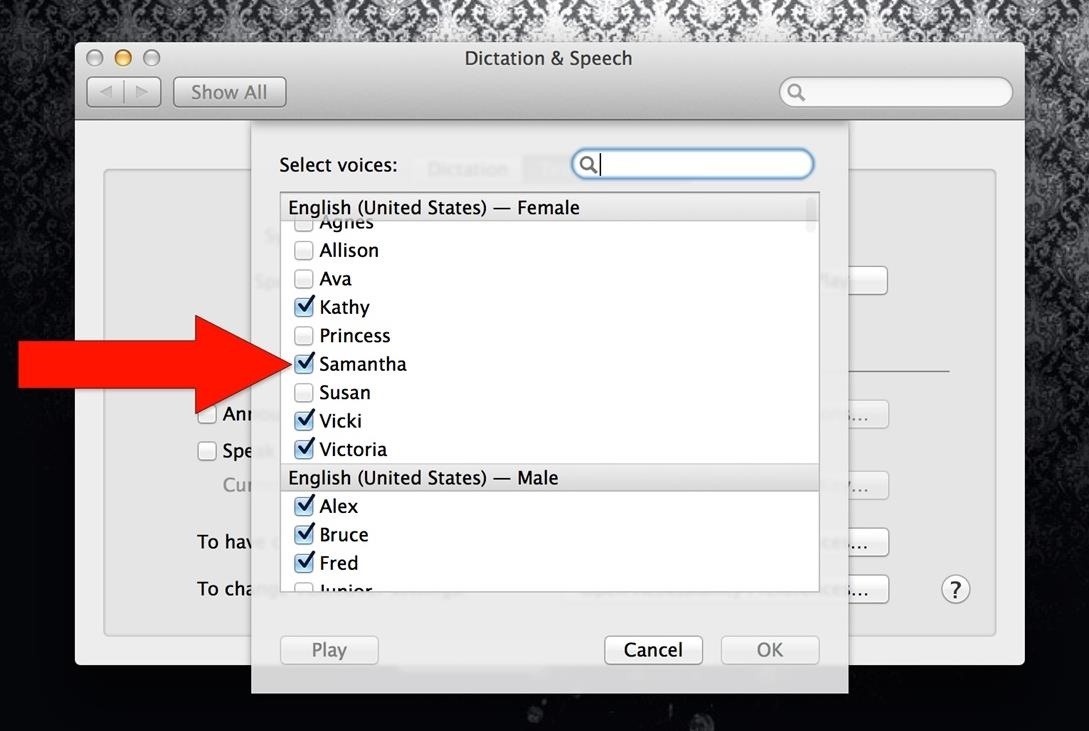

#Fred and siri text to speech upgrade
An upgrade from the recognizers before it, Harpy could translate complete sentences.ġ980s: Cornell professor Fred Jelinek teamed up with IBM to create Tangora, a voice-activated typewriter with a large vocabulary of 20,000 words.

With funding from that program, computer science researchers at Carnegie Mellon University created Harpy, a speech-recognition machine that understood 1,011 words. Interested in a speech recognizer that could understand 1,000 words, the United States Department of Defense funded the Speech Understanding Research (SUR) Program. The Shoebox understood spoken digits zero through nine, as well as the words “minus, plus, subtotal, total, false, and off.” Toward the end of the 1960s, researchers in the Soviet Union developed an algorithm called dynamic time warping that enabled a recognizer to understand about 200 words.ġ971: This year brought about major advances in voice-recognition technology. It performed quite well with other speakers as well, at 70-80% accuracy.ġ962: A decade after Audrey was developed, IBM debuted its “Shoebox” machine. Audrey could recognize digits zero to nine when spoken by its creator, HK Davis, with an impressive amount of accuracy-greater than 90%. Here’s a quick breakdown of the evolution of ASR:ġ952: Bell Labs created an automatic digit-recognition machine named Audrey. From the first speech recognizer built in the 1950s to the voice assistants we now speak to daily, speech-recognition technology has certainly evolved from its humble beginnings.
#Fred and siri text to speech how to
A brief history of speech-recognition technologyĬomputer scientists have been trying to figure out how to get computers and humans to understand each other since the middle of the 20th century. The technology is also implemented in automated subtitling, smart homes, and in-car voice-command systems. You’re familiar with ASR systems if you’ve ever used virtual assistants such as Apple’s Siri or Amazon’s Alexa. ASR may also be called speech-to-text or, simply, transcription systems. What is automatic speech recognition?Īutomatic speech recognition is a technology that converts speech to text in real time. By enabling devices to understand the context and nuance of human language, automatic speech recognition has changed the way we interact with computers forever. Today, computers are able to understand natural human language through a technology called automatic speech recognition (ASR). But have you ever stopped to think about how these human–computer interactions are possible? Talking to computers - and those computers having the ability to listen to and comprehend what we say - has become the norm. In 2020, there were 4.2 billion digital voice assistants in use around the world, and that number is expected to double by 2024.

If you call out voice commands to your in-home smart speaker or ask your phone’s voice assistant for the weather forecast, you’re having a conversation with a computer. We want you to think about the moments you speak to a device and it actually listens. How many times a day do you talk to a computer? We’re not referring to the exasperated exclamation you direct at your laptop when it overheats and crashes.


 0 kommentar(er)
0 kommentar(er)
